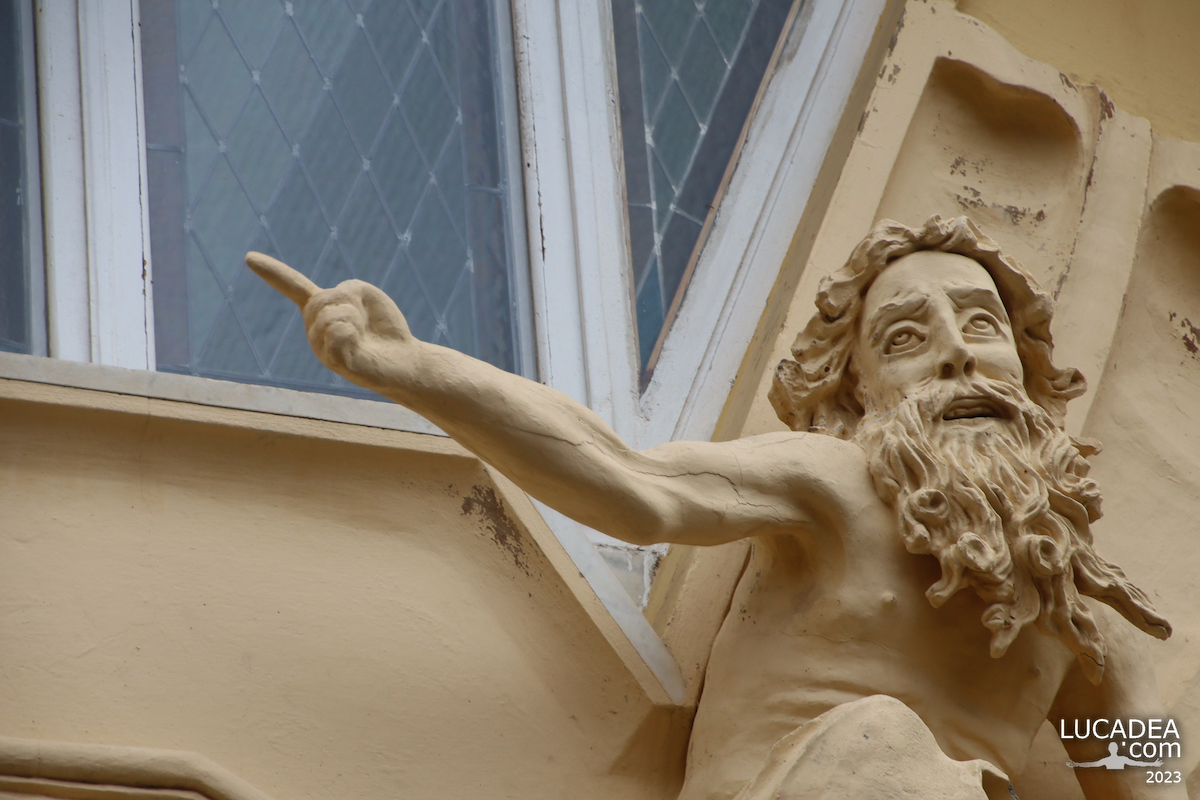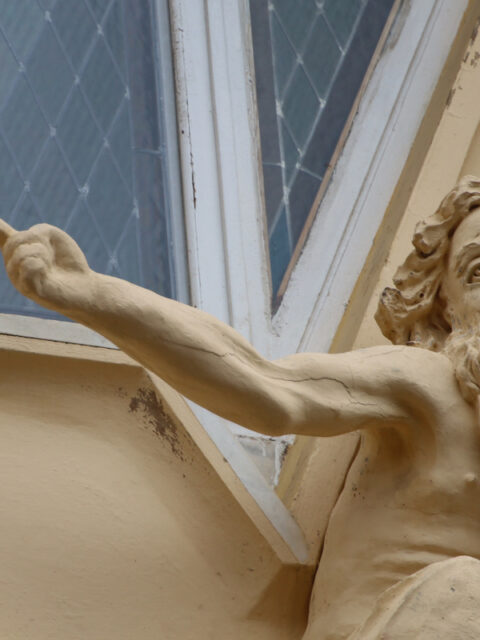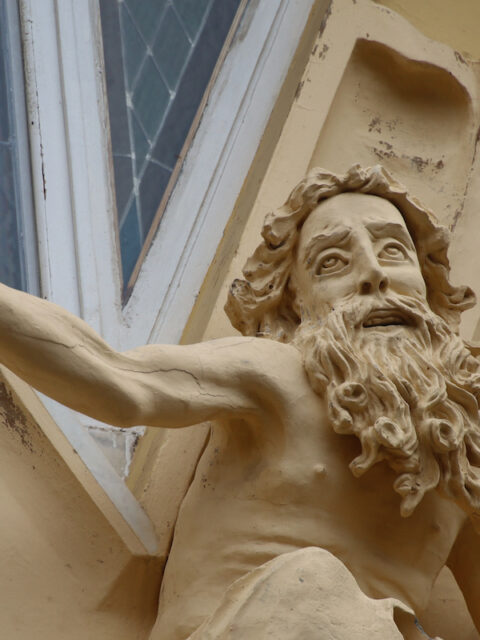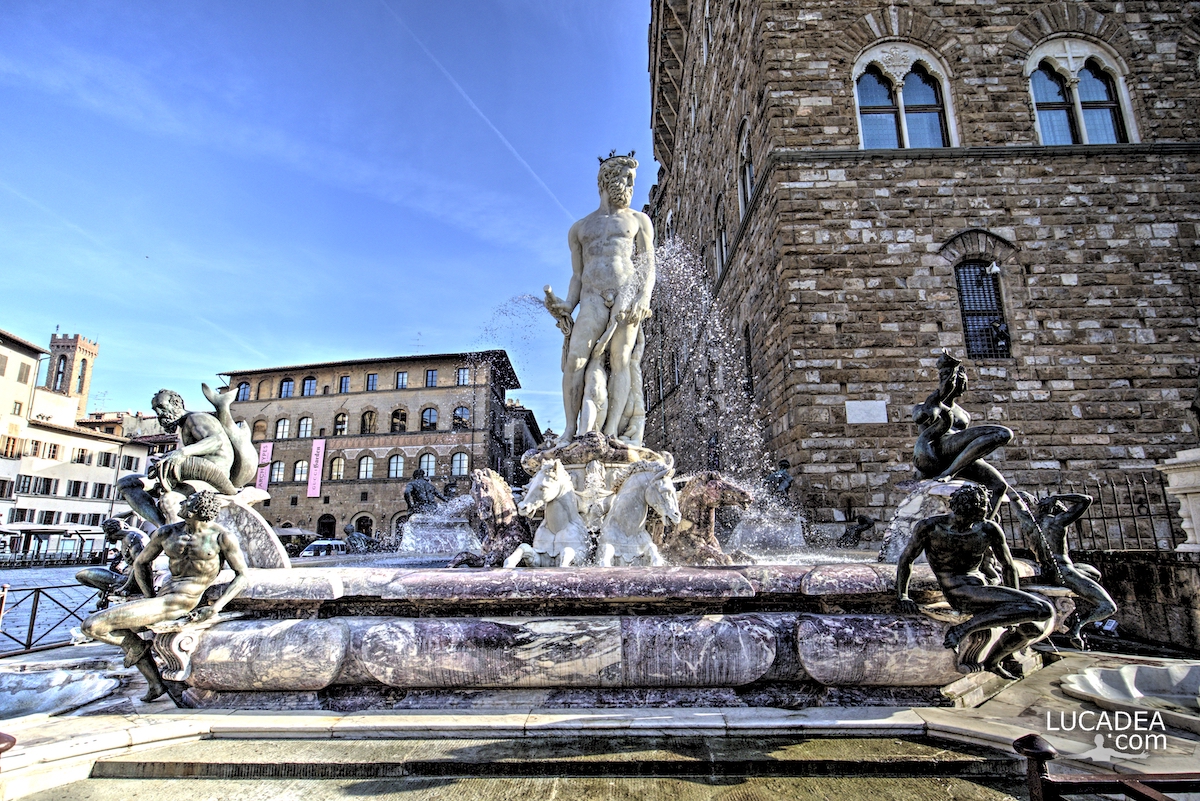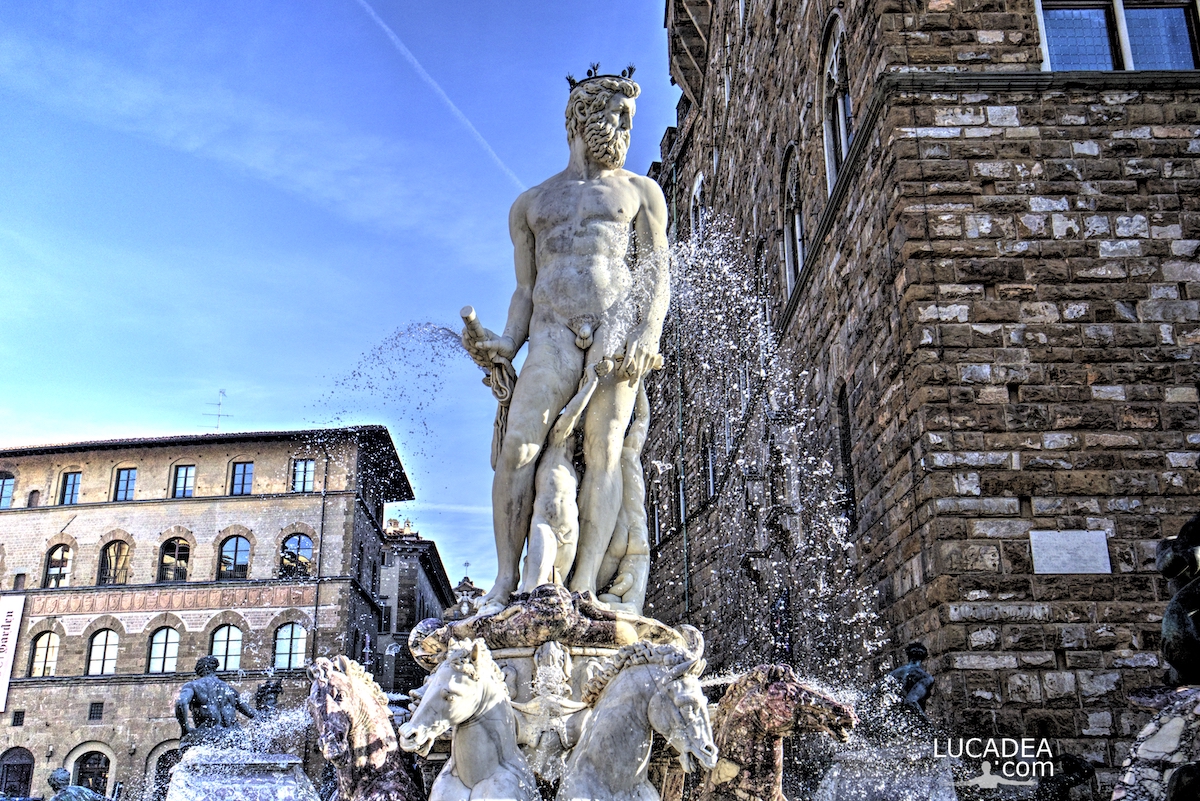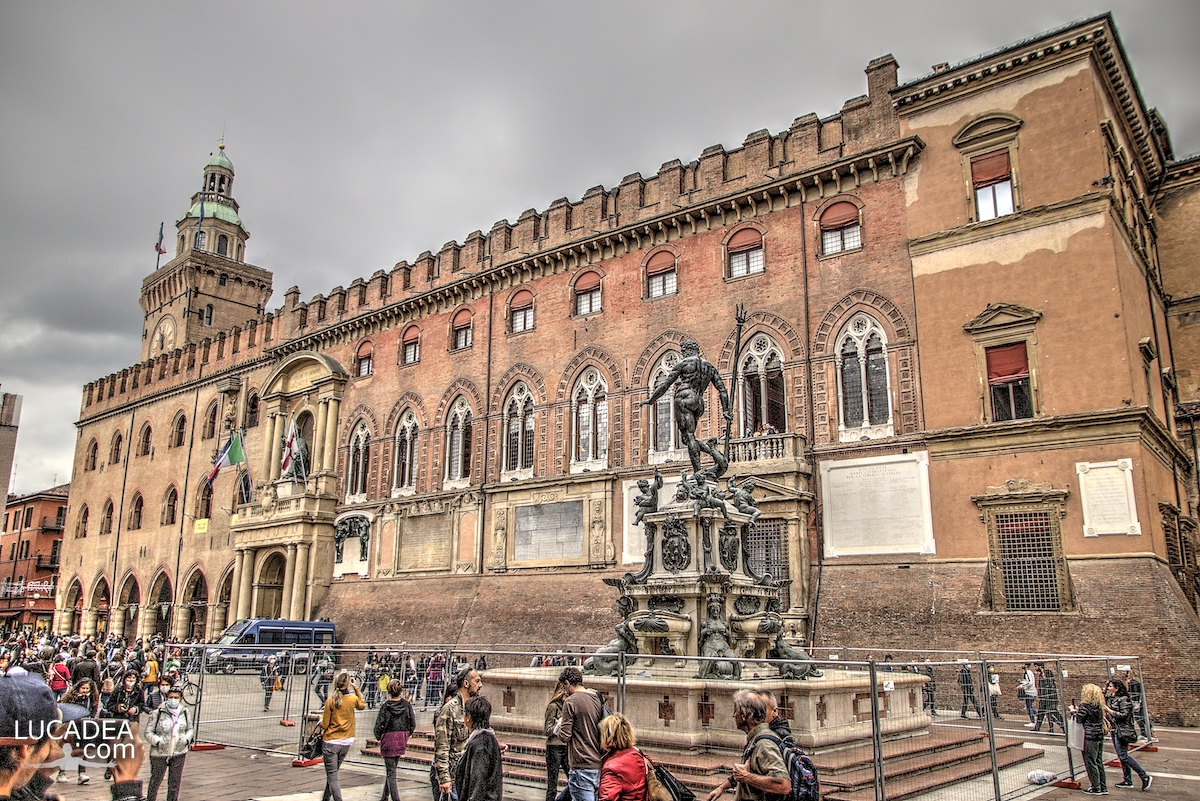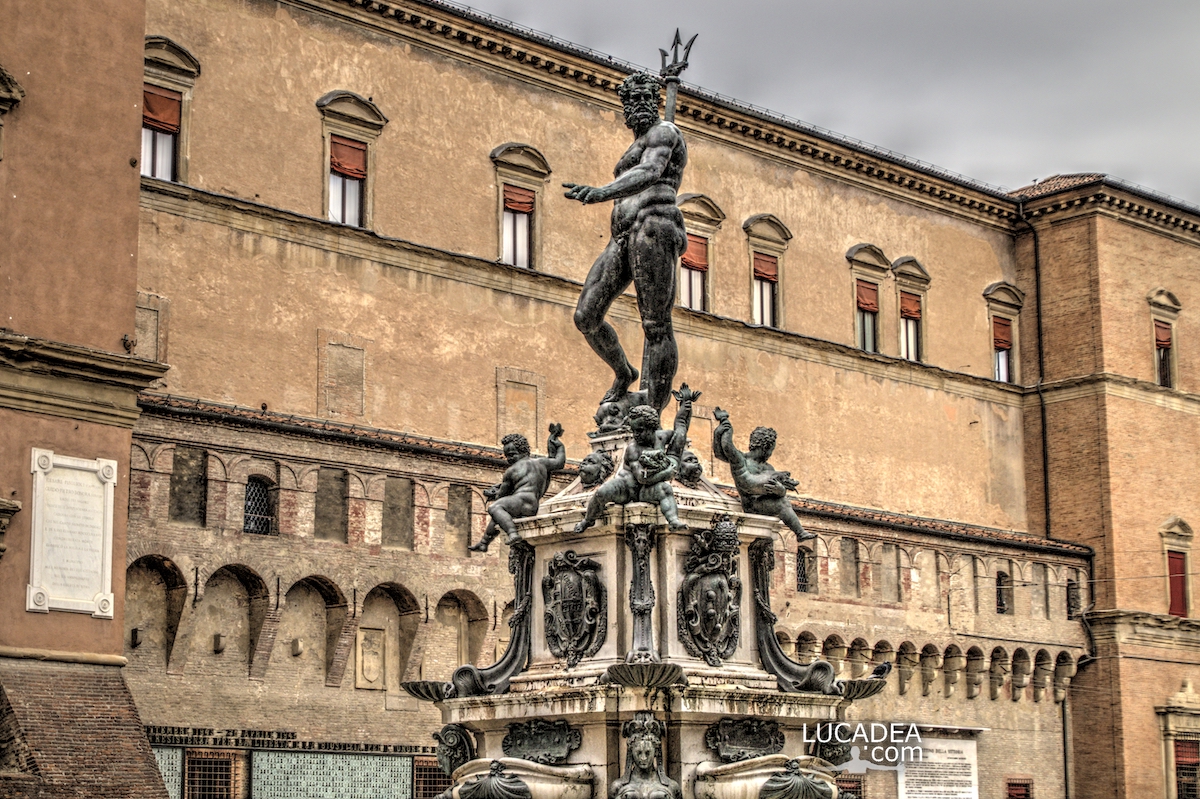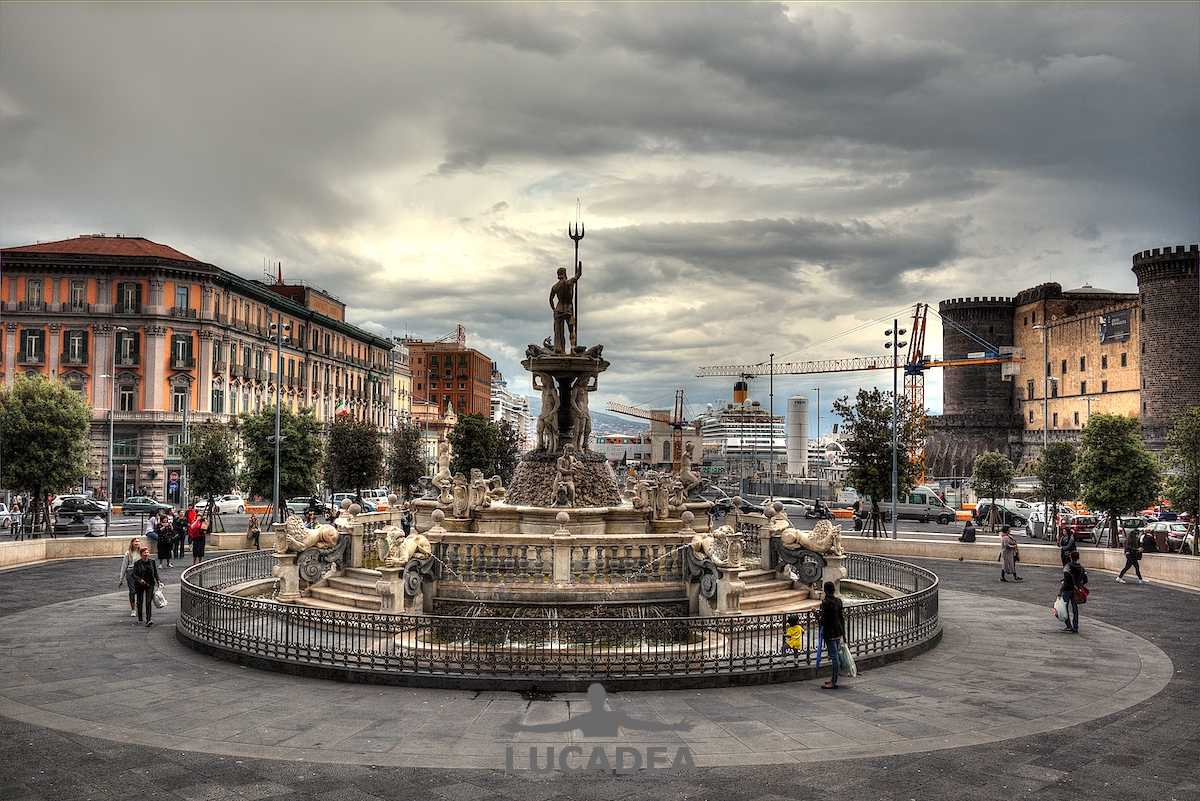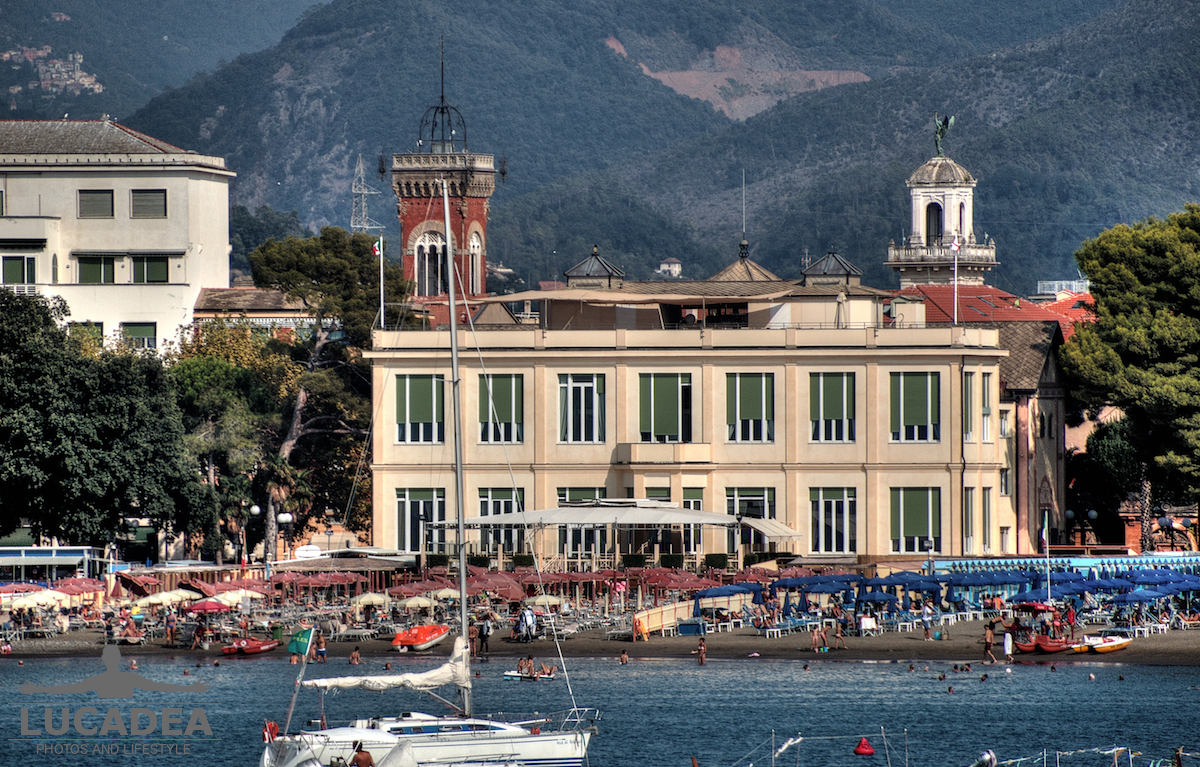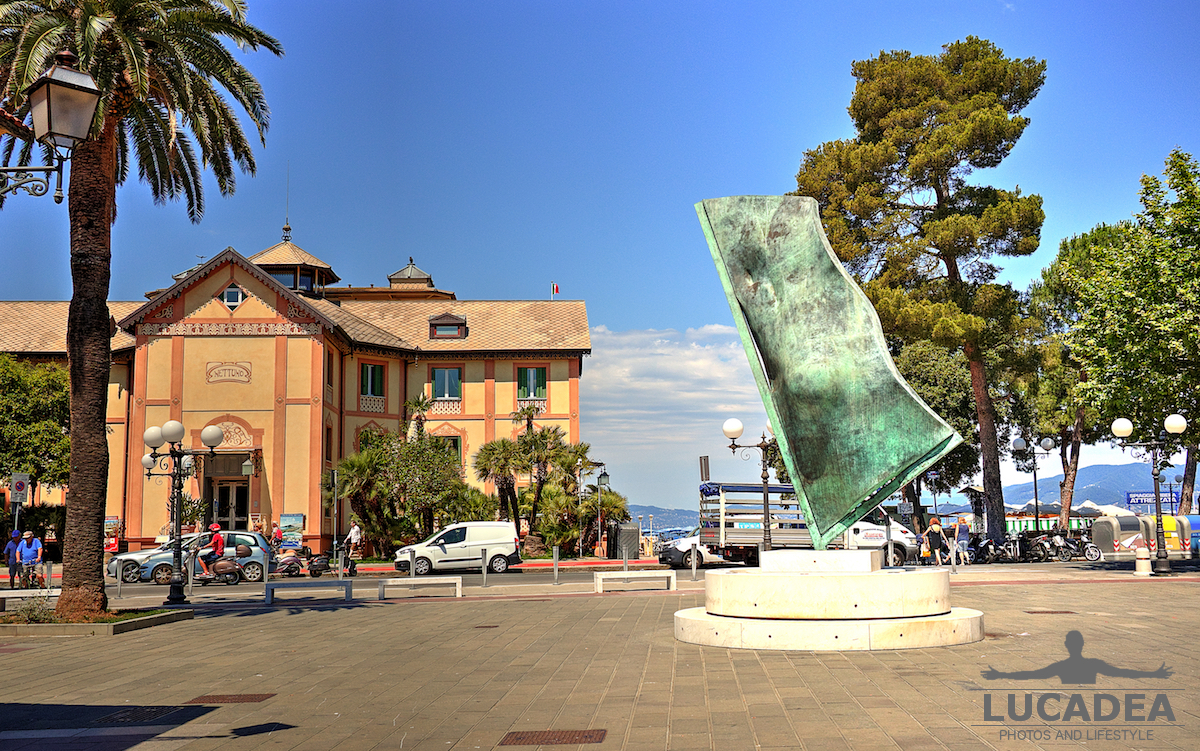The Fountain of Neptune in Piazza Navona in Rome.
I still have some photos of some monuments of Rome from my last visit to the capital.
These three photos are of the beautiful fountain located in Piazza Navona.
Probably overshadowed by the larger and more famous Fountain of the Four Rivers, it is still worthy of a post of mine!
Do you know the monuments of Rome?
Add your own comment or go to the bottom of the site to read what other visitors have written.
Photo taken with Canon EOS RP and lens Canon RF 24-50.
To see all the photos I took in Rome click here:

Here's where the fountain is located:
The Fountain of Neptune is located at the northern end of Piazza Navona in Rome. Also known, once, as the Fountain of the Calderai, it owed this name to its proximity to the ancient Vicolo dei Calderai (or Calderari), a small street occupied by the shops of blacksmiths and sellers of pans, pots and metal dishes in general. The basin, by Giacomo della Porta, dates back to 1575-76, while the sculptures that decorate it were placed only in 1878, by the sculptors Antonio Della Bitta and Gregorio Zappalà.
Continue and learn more on Wikipedia





